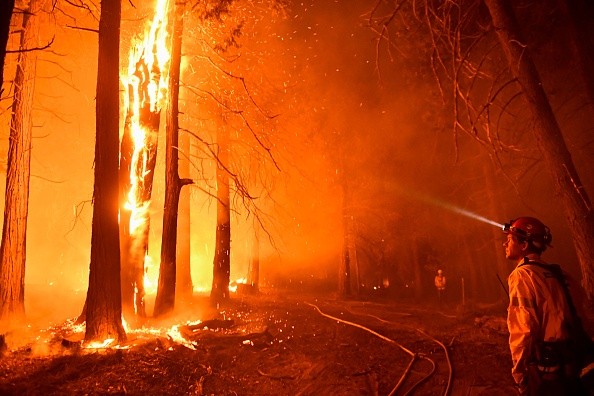According to a United Nations report, a warming world and changing land use patterns could result in more wildfires scorching broad areas of the globe in the following decades. This widespread wildfires may generate hazardous smoke pollution and other problems that governments are ill-prepared to address
More flames are burning in the western United States, northern Siberia, central India, and eastern Australia. According to a United Nations assessment, the chance of catastrophic wildfires worldwide might rise by more than 50% by the turn of the century. Program on the Environment.
California Wildfire Season

2021's wildfire season raged across California. As of December 16, 2021, there had been a total of 8,619 fires across the state, consuming 2,569,009 acres (1,039,641 ha). At least 3,629 structures had been damaged, while at least seven firemen and two civilians had been wounded combating the flames.
The wildfire season started exceptionally early in California due to the prolonged drought and deficient rainfall and reservoir levels. In recent years, wildfires in California have been on the rise due to climate change.
According to the UN report, areas long thought to be secure from catastrophic fires, such as the Arctic, would "quite a likely witness a considerable rise in burning," according to the paper.
Related Article: Statistic Reveals How Big of a Damage Wildfires Caused in 2021
Combatting Rampant Wildfires
The survey indicated that wildfires are expected to grow in Indonesian tropical forests and the southern Amazon of South America.
"Uncontrollable and destructive wildfires are becoming an expected part of the seasonal calendars in many areas of the world," one of the report's authors, Andrew Sullivan of Australia's Commonwealth Scientific and Industrial Research Organization, warned.
However, according to academics, many countries continue to spend too much time and money battling fires rather than preventing them. Land use changes, such as logging, which leaves debris that can quickly burn, and forests that are intentionally ignited to clear land for farming, can exacerbate fires, according to the report.
Officials in the United States have announced a $50 billion plan to lower fire risks over the next decade by clearing trees more aggressively near "hot zones" where nature and communities mix. However, President Joe Biden's administration has only identified a small portion of the funds required under the plan thus far.
Climate Change and Wildfires
Climate change has been known for decades to increase wildfires' frequency, size, and intensity. An international team of experts has discovered a new link between fires and global warming.
They determined that wildfires in the western United States have been moving to higher elevations due to warmer and drier circumstances connected to climate change, using Landsat satellites.
Researchers also advocated for more public awareness of the hazards of smoke inhalation, which may harm tens of millions of people every year when plumes from big wildfires travel hundreds of kilometers across international boundaries.
Also Read: How Climate Misinformation Through Social Media Worsens the Battle Against Climate Change
For more news about similar news, don't forget to follow Nature World News!
© 2024 NatureWorldNews.com All rights reserved. Do not reproduce without permission.






